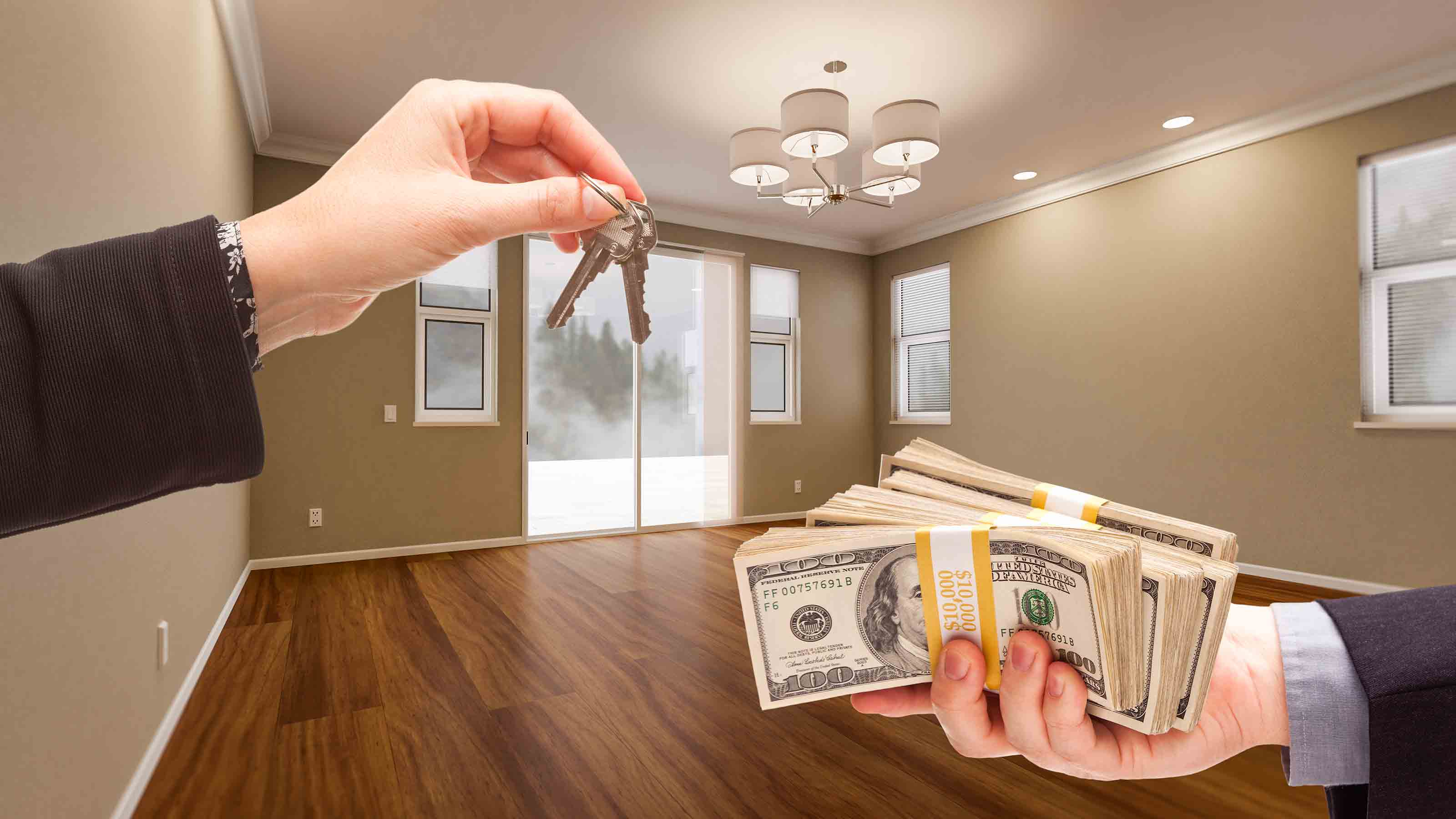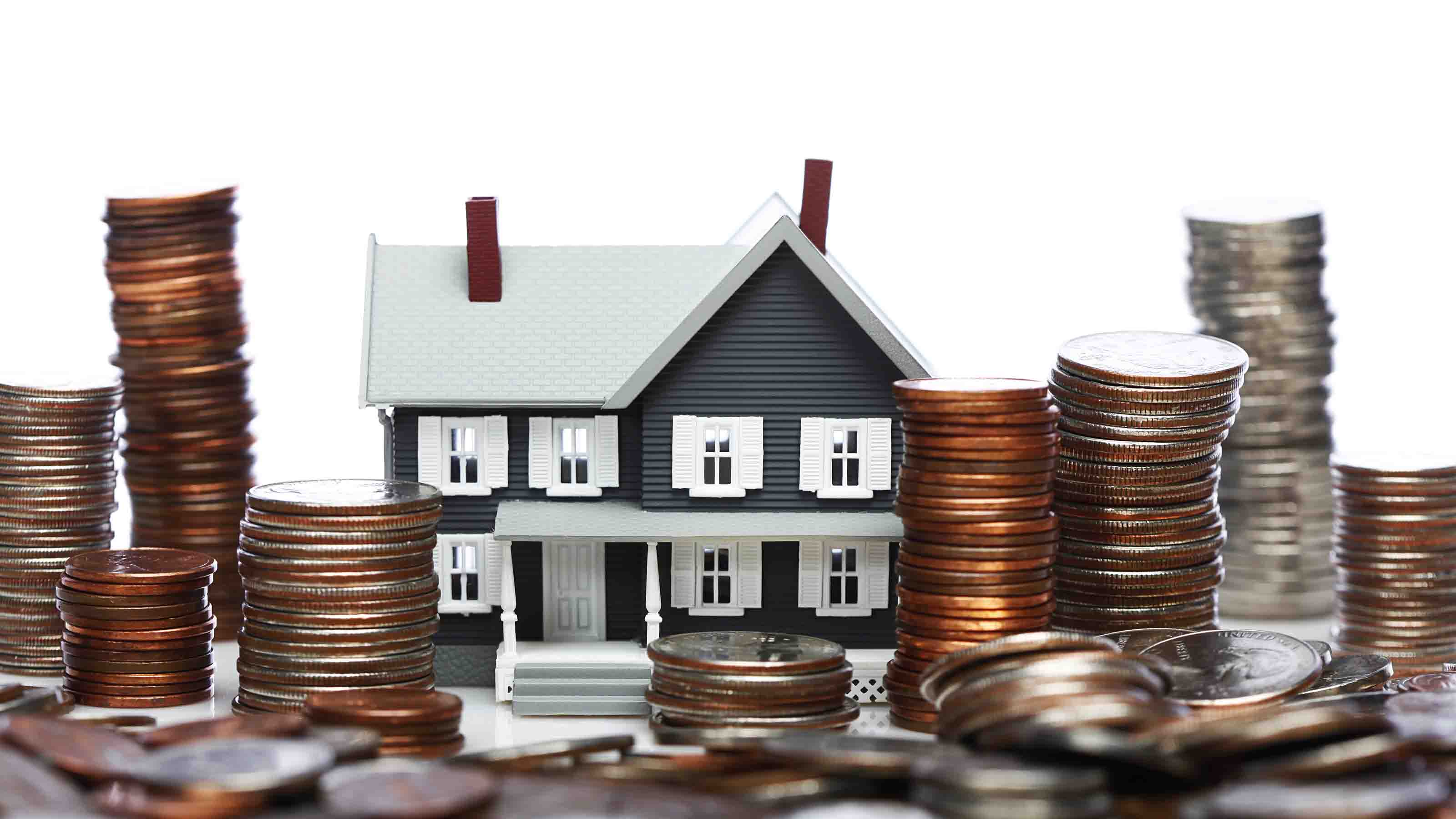Buying and Selling a Home
In this cooling market, sellers have to find the pricing sweet spot and work harder to reel in a buyer, who has more homes to choose from and more bargaining clout.

Editor's note: This article appears in Kiplinger's special issue Success With Your Money.
The balance of power has finally swung in the real estate market, with more parity between supply and demand, sellers and buyers. Nationwide, the National Association of Realtors has forecast that prices for existing homes will rise 5% in 2006. That's less than half of 2005's 13% increase, but it's also a return to the historic norm.
For buyers, this return to reality means greater opportunity. Inventory is up, so you have more homes to choose from, more time to select wisely, more leverage in negotiations and better protection in contracts, with contingencies for home inspections, for example.

Sign up for Kiplinger’s Free E-Newsletters
Profit and prosper with the best of expert advice on investing, taxes, retirement, personal finance and more - straight to your e-mail.
Profit and prosper with the best of expert advice - straight to your e-mail.
For sellers, a more balanced housing market means lowered expectations. Gone are the days when you could slap any home on the market and sell it for more than the asking price. Now you have to find the pricing sweet spot and work harder to reel in a buyer.
Sellers: Price it right
Judging by stories we've heard from sellers in Las Vegas and northern New Jersey, lowering your expectations can be painfully difficult. Sellers often reject their agents' advice to lower their asking price, then find that their property takes longer than expected to sell. Some are also enduring open houses that attract few potential buyers -- or none at all -- or cutting the price more than once before finally getting an offer.
Take the Olivers of Las Vegas. Erik is a firefighter for Clark County, and Crystal is a metro police dispatcher. Their Vegas roots run deep enough to defy the general trend that their agent, Eileen Engel, describes this way: "People come, people go, but people don't move up in Las Vegas." The Olivers have traded up twice over the past several years.
Their second home sold in just one week in 2004, but their third -- a 1,900-square-foot home on a 4,500-square-foot lot -- took three months to sell. They bought it for $260,000 and wanted to list it for $350,000. Engel told them that was unrealistic because of competition from new homes being built in a nearby master-planned community. So the couple started at $330,000 but ended up dropping the price by a couple thousand dollars every few weeks, as the deadline approached to close on the purchase of their next home. When they hit $318,000, they found the right buyers, who liked the location and didn't want to wait for new construction.
Pricing was also a challenge for Jeff and Jackie Wides, formerly of Florham Park, N.J. When the Wideses decided to "pre-retire" to a new home in North Port, Fla., 35 miles south of Sarasota, they expected a quick sale on their home of 22 years. Preparing the house for sale was simple: painting, neatening up and restoring a closet in a den that had been converted from a bedroom. Against their agent's advice, the couple listed their 2,500-square-foot house on an acre of land for $650,000. Nearly five months and three price reductions later, it sold for $580,000. "It turned out the agent knew more about it than we initially thought," says Jeff.
It can be difficult to price a property when recent comparable sales are higher than you can reasonably expect to get for your home. Roberta Murphy, a real estate agent in San Diego, says you have to look not only at the sale price of comparable homes but also at how much time they spent on the market. Keep in mind that houses that are on the market for "too long" can develop a bad reputation, and today's buyers are more clued in to time on the market than in the past. "Buyers often ask about it and construct their offers accordingly," says Murphy.
Murphy recommends using "value range" pricing. If the sellers think their home is worth $600,000 but in reality it might be worth $575,000, Murphy would list the price at $550,000 to $600,000. "It's a soft way to introduce sellers to a reduction, and it gives buyers a range where the offer should come in," she says. Actually, Murphy always uses a number ending in 9's for the low end of the range -- $549,999, not $550,000 -- to improve the chances that the property will be captured by Internet searches.
Stay flexible. A more balanced market means you'll probably be negotiating with the buyers. That was true for the Olivers, who went back and forth a couple of times on the terms for their Las Vegas house. The buyers finally offered $317,000 but said they wanted the appliances. The Olivers didn't want to give up their washer and dryer, but for $1,000 more they were willing to leave the fridge.
Don't judge an offer on price alone; other factors may make it worthwhile. For example, a buyer may be willing to rent the house back to you until you're ready to move. Or maybe you've found a buyer who can easily qualify for a mortgage at your price but who will have difficulty coming up with the down payment or closing costs. In that case, a seller contribution might make sense in exchange for a higher price.
Make it stand out. At a minimum, make repairs, clean your house, and get rid of clutter. To compete with new homes in their area, the Olivers landscaped their backyard and put in a sprinkler system. They cleaned the house thoroughly and had it staged to look more like a model home. To make the master bedroom appear bigger, they put in a smaller bed and dressed it with a new comforter and linens to give it a sophisticated look. The couple even stayed with Crystal's mother while the house was for sale because Crystal was working the graveyard shift and they didn't want to put off any prospective buyers.
You'll also give buyers peace of mind if you are willing to share the cost of an appraisal and appropriate inspections, such as for termites.
[page break]
Buyers: Don't wait
Is now a good time to buy? Re/Max chairman Dave Liniger gave his four children some advice when they asked if they should buy or wait: "In every case, I advised that it's impossible to time the market -- no one can say accurately what will happen." He recommends that buyers go ahead and buy something if they want to stay in the house for at least five to ten years. "If prices go down, you're not hurt -- you are in the house you want to live in," he says.
That was the goal of Jeff Organ and his wife, Danielle Guildner: a home where they could have a yard, a dog and a family. Their two-bedroom condo in Carlsbad, Cal., didn't fit the bill -- and they didn't want to stay in California. They did some Internet research, then visited a friend in Austin, Tex., which they found to be young, artsy and friendly. "Strangers say 'Hi!' to you," says Jeff. "It's a different mentality."
The couple set out on a tour with a real estate agent, who showed them spacious new homes that they could afford. They put down $8,000 on a 2,700-square-foot house that cost $211,000 and had four bedrooms, 2.5 baths and a yard. Although they negotiated a bit on $30,000 worth of upgrades, they basically paid the asking price. "The builder wasn't in a negotiating mood," says Jeff. And besides, he notes, the price was still half of what they would have had to spend in California.
Housing demand in Austin is rising with the recovery of the tech industry, and the city is attracting baby-boomers looking for affordable places to retire. Last spring, the median home price was $167,200, up 8.5% from the first quarter of 2005. But price hikes have been subdued because builders are busy constructing new homes. That's one reason Danielle found it easy to transfer her job in new-construction lending with Wells Fargo Home Mortgage to Texas. Jeff, a teacher, began teaching in Austin this fall.
Unfortunately, Jeff and Danielle are still linked to their former home -- as landlords. When their condo failed to sell for a price that would cover their costs, the couple decided to rent it out for the foreseeable future. Even though the rental income doesn't quite cover their expenses, it beats making two full mortgage payments each month.
Even in cities where prices have cooled, it's not totally a buyers' market -- sellers just have less of an advantage. Competition for homes in some cities remains brisk. Short of moving to a lower-cost state, you're more likely to find a bargain if you're willing to make small compromises -- for example, buying a home that's in less-than-mint condition or one with a less-than-great view or location, or a less-than-premium lot. As the market slows and interest rates rise, you may get a deal on properties owned by investors eager to sell or homeowners who find that they can't tolerate their new adjustable-rate-mortgage payment.
Target your offer. Start by finding out how motivated the sellers are, then target your offering price. Roberta Murphy, the San Diego agent, tells buyers that if a home is new to the market and priced very well, they should make an offer at the top of the range; if the home has been on the market for six months, they might make an offer at the bottom of the range or even below.
Many builders have begun to offer incentives and upgrades as their new-home inventories grow fatter. If those aren't advertised, negotiate for them. You may find bargains on resale homes in developments where builders are still selling new properties. The owner of one slightly used property may have more freedom to reduce the price than the builder who has already sold 200 at the higher price.
Win the beauty contest. You may still find stiff competition for properties with the greatest discounts, so you'll want to look like a sure thing to sellers. Get preapproval for financing and try to schedule appraisals and inspections in advance to minimize the time they'll take. You can even write a "love letter" to the seller, pleading your case.
Protect yourself. In some of the hottest markets over the past few years, buyers have felt compelled to make "clean" offers. As sanity returns, get price and property protection by adding contract contingencies for a current appraisal, financing and a home inspection.
Check your insurance
Homeowners. Before you close the deal on a house, check out its CLUE (Comprehensive Loss Underwriting Exchange) report at www.choicetrust.com. That's the database in which most auto and homeowners insurers share information about losses filed by an individual or on a particular home. You might have a tough time getting coverage if a lot of claims were filed in the past.
When shopping for a homeowners policy, check first with your auto insurer. Many companies offer a discount if you buy both kinds of coverage from them. Also compare rates from other companies online at Insweb.com or through an independent agent in your area. You can locate one through the Independent Insurance Agents & Brokers of America Web site, www.iiaba.org.
Auto. Tell your insurer about your new house. Some companies consider homeowners to be better risks, and your rates may drop if you have moved to a quieter area and park your car in a garage.
Get Kiplinger Today newsletter — free
Profit and prosper with the best of Kiplinger's advice on investing, taxes, retirement, personal finance and much more. Delivered daily. Enter your email in the box and click Sign Me Up.

-
 Could a Golden Visa Be Your Ticket to Retiring Abroad?
Could a Golden Visa Be Your Ticket to Retiring Abroad?Trump and DOGE are weighing a U.S. "Gold Card" that would let the wealthy emigrate to the U.S. for a fee. But golden visas have been around for years worldwide. Here's how they work.
-
 Running Out of Money in Retirement: Nine Steps to Reduce the Risk
Running Out of Money in Retirement: Nine Steps to Reduce the RiskQuit worrying about money and enjoy a carefree retirement. Sounds good, right? Well, if you follow these nine steps from a financial adviser, you could be on your way to that goal.
-
 How to Search For Foreclosures Near You: Best Websites for Listings
How to Search For Foreclosures Near You: Best Websites for ListingsMaking Your Money Last Searching for a foreclosed home? These top-rated foreclosure websites — including free, paid and government options — can help you find listings near you.
-
 Luxury Home Prices Rise as the Rich Dodge High Mortgage Rates
Luxury Home Prices Rise as the Rich Dodge High Mortgage RatesLuxury home prices rose 9% to the highest third-quarter level on record, Redfin reports, growing nearly three times faster than non-luxury prices.
-
 Four Tips for Renting Out Your Home on Airbnb
Four Tips for Renting Out Your Home on Airbnbreal estate Here's what you should know before listing your home on Airbnb.
-
 Five Ways to Shop for a Low Mortgage Rate
Five Ways to Shop for a Low Mortgage RateBecoming a Homeowner Mortgage rates are high this year, but you can still find an affordable loan with these tips.
-
 Looking to Relocate? Plan for Climate Change
Looking to Relocate? Plan for Climate Changebuying a home Extreme weather events are on the rise. If you’re moving, make sure your new home is protected from climate change disasters.
-
 Retirees, A Healthy Condo Has a Flush Reserve Fund
Retirees, A Healthy Condo Has a Flush Reserve FundSmart Buying Reserve funds for a third of homeowner and condo associations have insufficient cash, experts say. Here are some cautionary steps you should take.
-
 Cash Home Buyers: New Services Offer Help Making All-Cash Offers
Cash Home Buyers: New Services Offer Help Making All-Cash OffersBecoming a Homeowner Some firms help home buyers make all-cash offers on homes. Weigh the fees before you sign on.
-
 Home Sale Prices in the 50 Largest Metro Areas
Home Sale Prices in the 50 Largest Metro AreasBecoming a Homeowner What’s happening in the market where you live?